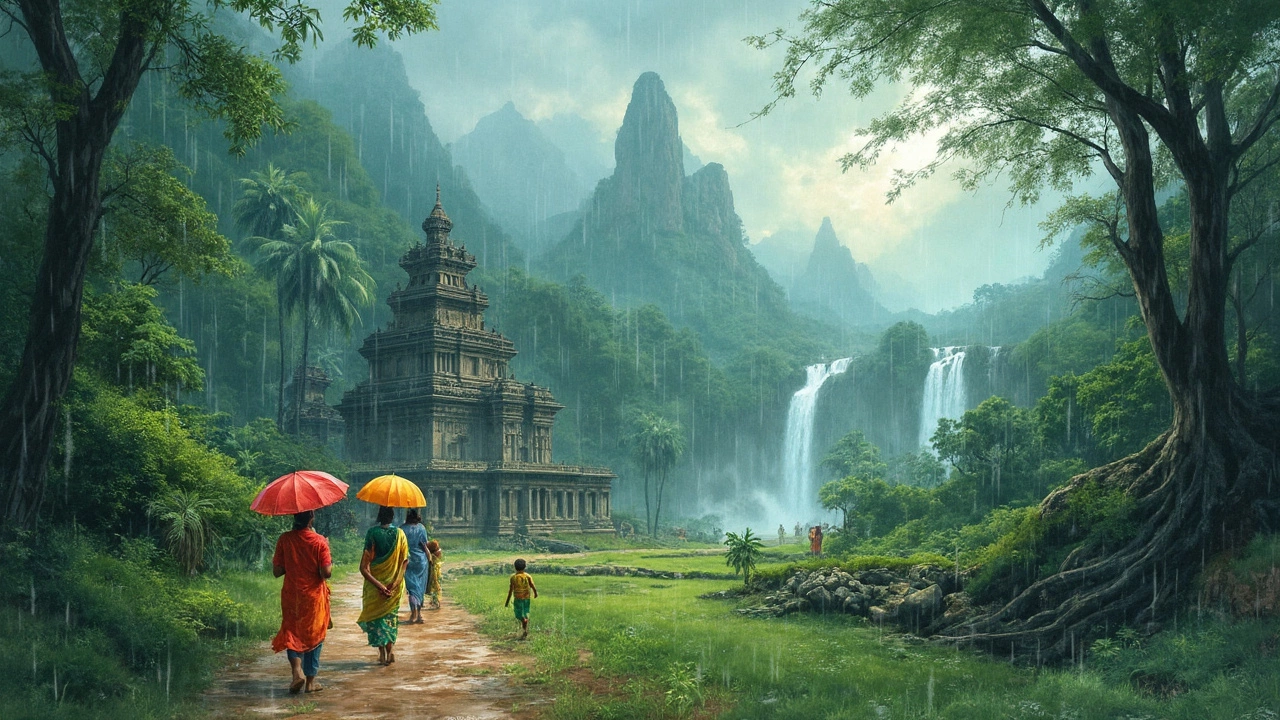South India Tips: Essential Advice for Traveling Through South India
When you think of South India, the southern region of India known for its distinct languages, temple architecture, and lush coastal landscapes. Also known as Peninsular India, it includes states like Tamil Nadu, Kerala, Karnataka, and Andhra Pradesh—each with its own rhythm, food, and traditions. This isn’t just another part of India. It’s a world apart from the north. The air smells different. The temples tower with carved gods you won’t find anywhere else. And the beaches? They don’t just stretch along the coast—they pull you in.
If you’re heading to South India temples, ancient, intricately carved religious sites that are central to daily life and cultural identity in the region, don’t just show up. Dress modestly. Cover your shoulders and knees. Remove your shoes. Many temples don’t allow non-Hindus inside the inner sanctum, but you can still walk the courtyards, feel the incense, and hear the bells. The South India beaches, coastal stretches from Kerala’s backwaters to Karnataka’s quiet shores, offering everything from surfing to sunset yoga aren’t crowded like Goa. You’ll find families fishing at dawn, coconut vendors on bikes, and waves that roll in slow and steady. And yes, you can swim—just check local advice. Some spots have strong undercurrents.
Food in South India is bold, spicy, and unforgettable. Dosa, idli, sambar—they’re not just meals, they’re rituals. But here’s the thing: street food is safe if you pick the right stalls. Look for places with a line of locals. Hot oil, fresh ingredients, and high turnover mean less risk. Avoid raw salads and ice in drinks unless you’re sure the water’s filtered. You don’t need to eat like a monk to enjoy the flavors. Just use common sense.
Transport? Trains are reliable, but buses are where you’ll see real life. Auto-rickshaws are everywhere, but always agree on a price before you get in. Apps like Ola work in bigger cities like Bangalore and Kochi, but not so much in small towns. And if you’re trekking—like on the Western Ghats, a mountain range running parallel to India’s southwest coast, home to biodiversity hotspots and hidden waterfalls—hire a local guide. They know the trails, the weather patterns, and where to find clean water. No one gets lost here by accident. Most who do didn’t ask for help.
South India doesn’t shout. It whispers. The temples don’t need loud crowds to feel sacred. The beaches don’t need neon signs to be beautiful. The food doesn’t need a menu to taste right. You just need to slow down, listen, and watch. The people here are proud of their culture—not because it’s exotic to outsiders, but because it’s real. And that’s what makes traveling here so different.
Below, you’ll find real stories from travelers who’ve been there—tips on temple etiquette, the best hidden beaches, how to avoid stomach trouble, and why some cities are safer than others. No fluff. Just what you need to know before you go.
